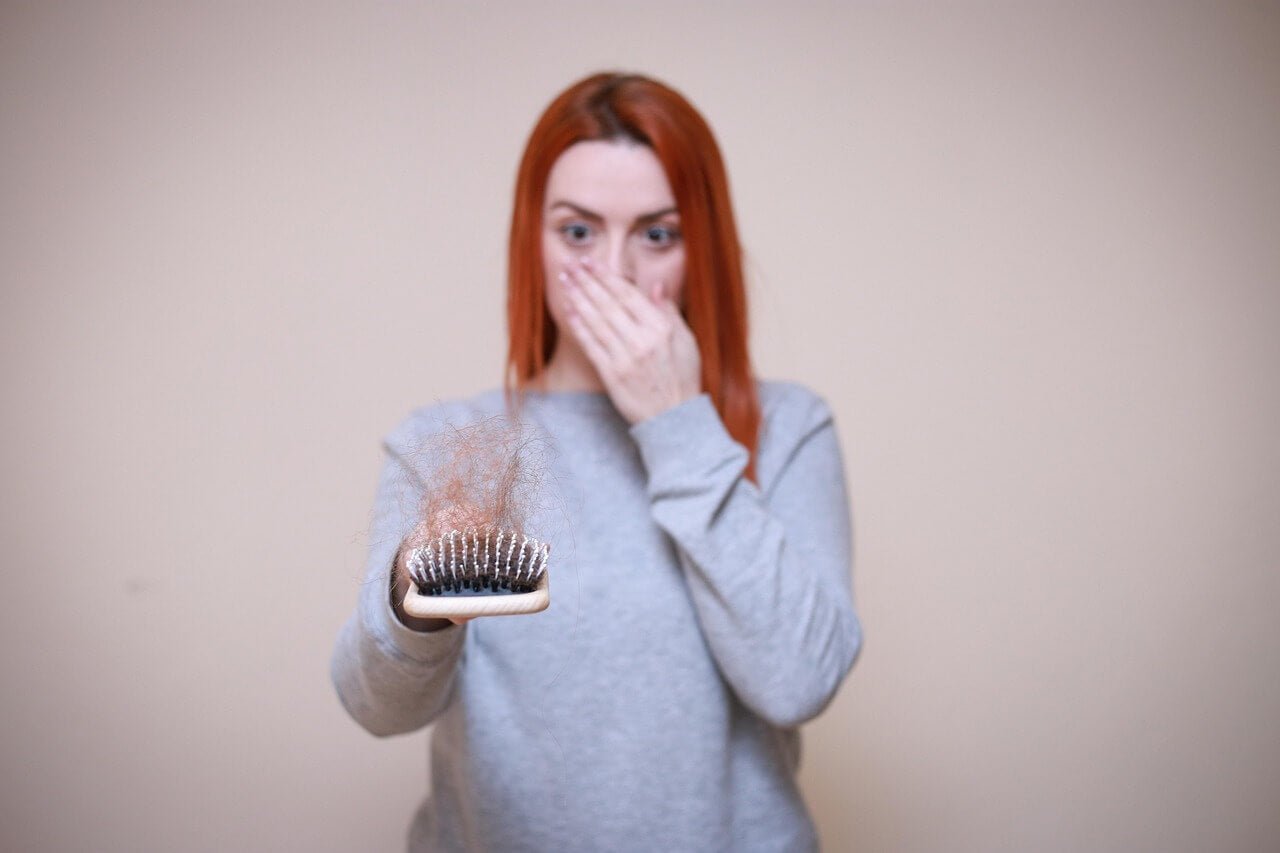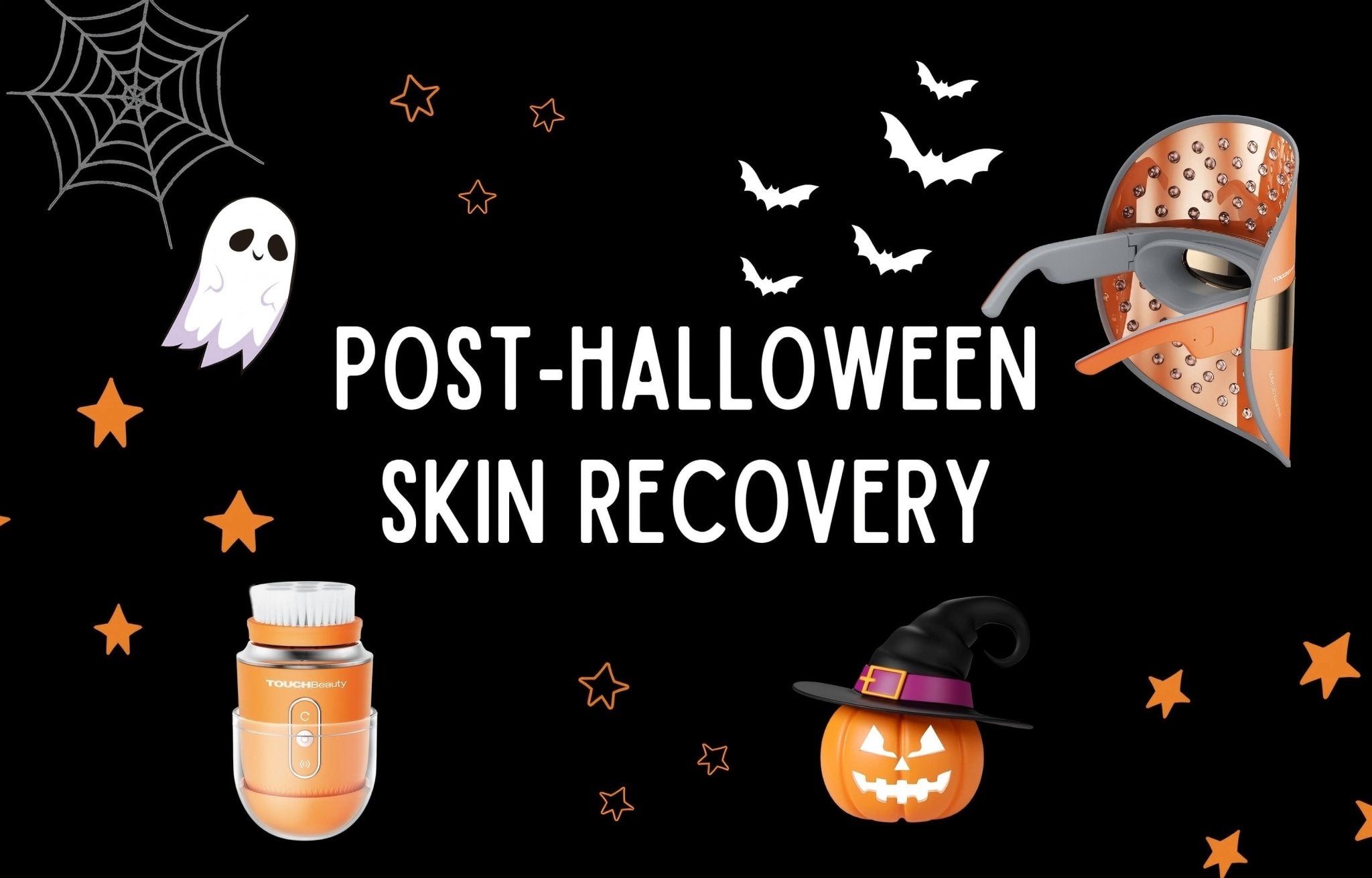If you’ve been finding more strands on your clothes, your pillowcase, or swirling around the shower drain lately, you’re in good company. A surprising number of people around the world notice the same thing every year as the weather shifts—hair just seems to let go more easily. And depending on where you live, “autumn” might not even be a dramatic season, yet the shedding still happens.
So why does this happen, and what does it mean for your hair’s long-term health?
Let’s talk through the science, the not-so-obvious triggers, and the practical changes that make this transition much easier on your scalp.
The “Autumn Shedding” Pattern Is Real (Even If Your Climate Is Mild)
Hair follows its own rhythm. It grows, rests, sheds, and begins again. What many people don’t realize is that a slightly larger percentage of our hair enters the “resting” stage during the late summer months. It’s a built-in protective instinct: during prolonged sun exposure, the scalp naturally holds onto more hair to protect the skin underneath.
A few months later—right around the start of autumn—that extra hair finishes its resting phase and falls out.
This is why the sudden increase in shedding feels so dramatic. It’s not that something went wrong overnight; you’re simply seeing the result of an earlier shift in the growth cycle.

Even people who live in places without obvious seasons report this same pattern. Their environment might not change drastically, but daylight, humidity, and temperature do fluctuate just enough for the body to register it.
Summer Damage That Shows Up Later
One thing we rarely talk about is how much stress summer puts on the hair—sun, heat, sweat, swimming pools, saltwater, travel, and outdoor activities. Each individually seems harmless, but together they slowly weaken the hair fiber.
The signs don’t usually show up immediately. Instead, they show up months later, when that “quietly damaged” hair reaches the end of its natural cycle.
This is why people often say:
“My hair seemed totally fine in July and August. Why is it suddenly shedding now?”
Because that’s how the timeline works. Hair reports damage late.

Your Scalp Feels the Weather, Too
One of the biggest drivers of seasonal shedding isn't the hair itself—it's the state of your scalp.
As humidity begins to drop (even minimally), your scalp loses moisture faster. For some, this causes tightness or flaking. For others, the scalp overcompensates by producing excess oil. Both situations create stress on the follicles, making shedding more pronounced.
Don't forget the shifts in our daily habits: hotter showers, more time indoors with aggressive heating or AC, and even changes in our sleep or diet. None of these feel dramatic, but your scalp notices every one.
A stressed, unbalanced scalp = more noticeable shedding.
Note: This is typically the temporary "seasonal" kind of shedding, not the long-term hair loss variety.

Lifestyle and Stress: The Silent Contributors
Autumn often brings with it a psychological shift: the return to school, increased workloads, and tightening routines. Even if your life doesn't become chaos, there's a subtle increase in pressure—more deadlines, less daylight, and disrupted sleep patterns.
Hair is remarkably sensitive to any kind of stress, but it responds with a delay. Stress you experienced in July, August, or September often shows up as shedding weeks later. If you had a particularly demanding or emotionally heavy summer, the autumn shed can hit harder.

Your diet also plays a more crucial role than you think. Hair needs consistent nutrients, hydration, and hormonal balance. When schedules get busy, fresh produce intake can sometimes dip, and we gravitate toward comfort foods—not bad at all, but perhaps not as hair-supportive.
How to Tell if It’s Seasonal Shedding or Something More
Most normal seasonal shedding runs its course within 6 to 10 weeks. If your hair feels temporarily thinner during this window, it’s usually not a cause for concern.
However, if the shedding is prolonged (going past the 10-week mark) or you observe a significant, lasting decrease in your overall density (not just strands falling from the root), it might signal that your scalp needs extra help.

Trust your instinct. You know your hair best. If something truly feels “off,” it’s always a good idea to consult a dermatologist—you’d do the same for a persistent skin issue.
The Best Way to Support Your Hair Through This Season
While you can’t stop the natural cycle, you can significantly support your scalp so that the new growth comes in stronger and healthier than before.
Here’s what makes the biggest difference:
1. Treat Your Scalp Like Your Facial Skin.
Keep it clean but not stripped, and hydrated but not oily. A gentle, regular cleansing routine is better than trying to wash less (which can worsen shedding via buildup).
2. Double Down on Moisture.
Cooler, drier air pulls moisture from both your skin and your hair. Introduce leave-in hydration, calming scalp serums, or weekly warm oil treatments.
3. Be Kinder to Your Hair.
Rough handling, tight ponytails, high-heat styling tools, and overly hot showers hit harder in autumn because the hair fiber is already weakened from summer. Use silk scrunchies and turn the heat down.
4. Improve Circulation & Stimulation.
Healthy blood flow is essential for getting nutrients to the follicles for stronger growth. This is where targeted tools really shine.
-
For daily targeted stimulation, consider the TOUCHBeauty Laser Comb & Scalp Massager. It gives the scalp a quick daily dose of energy, encouraging blood flow.

-
If you prefer comprehensive coverage, the VITA Scalp Rejuvenating Graphene Helmet supports the entire scalp at once, combining gentle warmth with light-based technology to create an optimal environment for robust new growth.

5. Nourish yourself from the inside out.
Hydration, protein, healthy fats, minerals, and consistent sleep are not just “good habits”—they directly influence how strong your new hair will grow.
What Recovery Really Looks Like
Most people start to see improvement after 8–12 weeks of steady, gentle care. Think of it like rebooting a system. Shedding slows. The scalp calms down. Baby hairs start to appear. Density begins to feel normal again.
The key is consistency—not perfection. Even doing two or three of the things above regularly can create visible changes.
A New Season Is a Reset, Not a Red Flag
The most reassuring perspective you can adopt is this: your hair is not failing—it's brilliantly adjusting.
Seasonal shedding is a normal part of your biology, not a sign of aging or irreversible damage. If you use this time to refresh your routine, patiently support your scalp, and treat your hair with extra TLC, you'll likely emerge from this transition with a foundation for even stronger, healthier growth than before.
If you’re deciding between the TOUCHBeauty scalp-care devices, or need help building a routine customized for your climate and hair type, I'm here to assist you in crafting a personalized plan!





Leave a comment
All comments are moderated before being published.
This site is protected by hCaptcha and the hCaptcha Privacy Policy and Terms of Service apply.